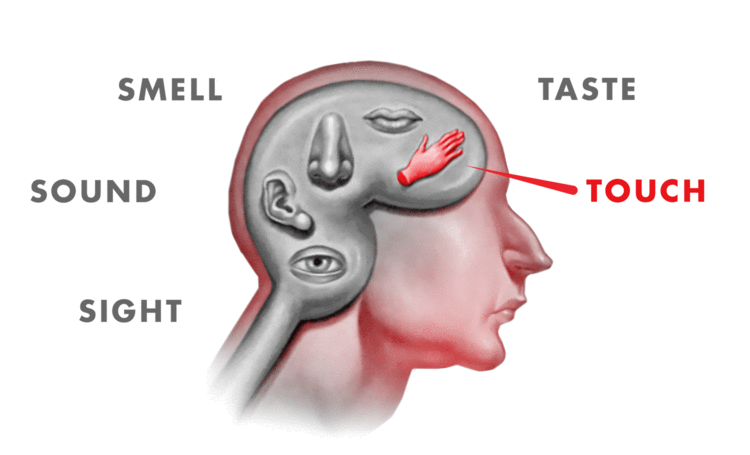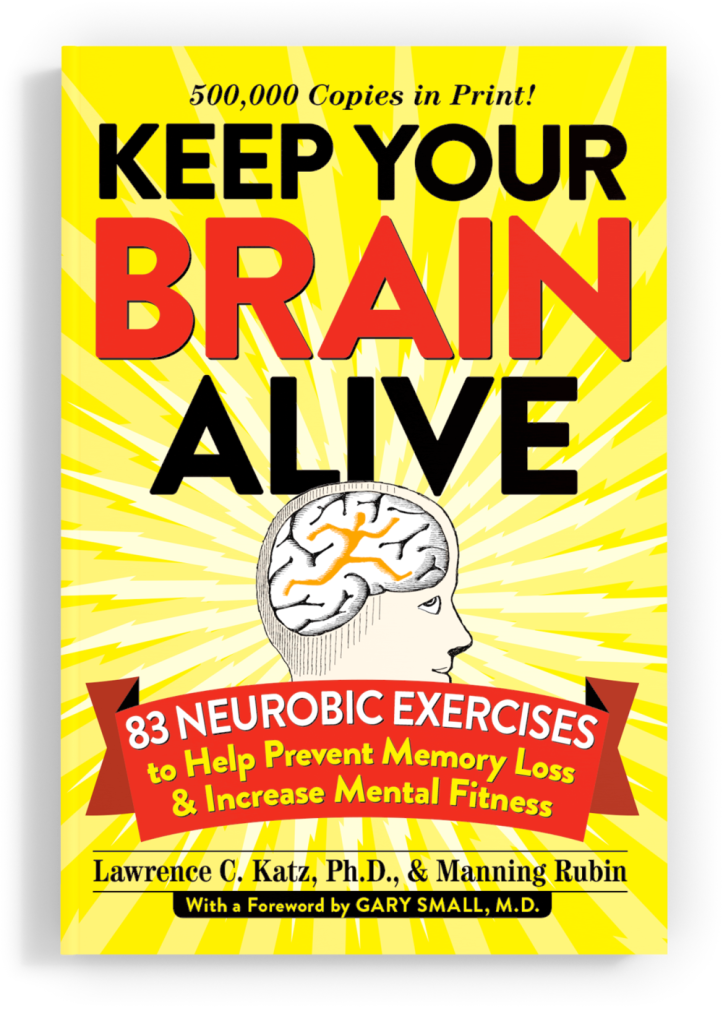Courtesy of Keep Your Brain Alive
As I crossed my 46th birthday this year, I somehow felt as if my mental capabilities were slowly slipping away.
While I am certainly far from being reduced to a blabbering idiot, my mind isn’t quite the same as before. Which was why I was especially excited when I picked up a copy of Keep Your Brain Alive by Lawrence C Katz and Manning Rubin.
Offering “83 neurobic exercises to help prevent memory loss and increase mental fitness”, the tiny volume was anchored in the latest research in neuroscience. Despite appearing deceptively simple, the exercises contained within purportedly help to stimulate brain nutrients to grow our brain cells.
Before we embark on these exercises, let us first learn a little about our brain.
How our brain works
As the central computing unit of our body, our brain receives, organises, distributes and stores information to guide our actions.
Often, the problems associated with age like forgetfulness, loss of mental acuity, and difficulty in learning new things are attributed to our cerebral cortex and hippocampus.
The cortex is the part of the brain responsible for memory, language, social behaviour and abstract thought. Enveloping a large part of the brain, it is also responsible for sensations like hearing, vision, touch, muscular control and coordination. The hippocampus, on the other hand, coordinates incoming sensory information from the cortex and organises it into memories.
Beyond the two, other parts of the brain include the corpus callosum, thalamus, olfactory bulbs, amygdala, and cerebellum. Collectively known as the Limbic System, they are linked by hundreds of miles of neural “wires” known as axons which are connected to each other via endings known as dendrites. The limbic system is represented by the diagram below.
Courtesy of Keep Your Brain Alive
How we learn and remember
We learn and remember primarily through associations. These representations of events, people, and places form when the brain decides to link different kinds of information (remember the neural wiring?), especially if the link is useful in the future.
The raw inputs for associations come primarily from our five senses as well as emotional or social cues. The greater the number of inputs, the stronger the association.
To strengthen your memory for specific events, you should try to exploit the brain’s potential for rich multisensory associations. Sensory and social inputs beyond vision become much more important as the basis for forming associations necessary for remembering something.
For example, you are more likely to remember a person if you not just hear a person’s name or notice how they look, but can recall the texture of his hand, his smell or the pitch and tonality of his voice.
Similarly, combining the sight, sound, taste and feelings involved in having a fine steak at your favourite grill (say on a first date with your girl friend) strengthens your memory of that encounter.
Enter Neurobics
A portmanteau of the words “neuro” and “aerobics”, Neurobics are brain exercises designed to stimulate the production of natural brain nutrients known as neurotrophins.
By doing so, we dramatically increase the size and complexity of nerve cell dendrites (the nerve endings connecting one axon to another), as well as make the surrounding cells stronger and more resistant to the effects of aging.
Capitalising on our brain’s love for novelty, Neurobic brain exercises need to:
- Involve one or more senses in a novel context (eg get dressed for work with your eyes closed);
- Engage your attention (eg take your dog to the office for a day); and
- Break a routine activity in an unexpected, nontrivial way.
So what are these exercises like? Let me highlight some of these.
Morning and evening activities
- Wake up to the scent of a different aroma (eg vanilla, lemon or peppermint) by keeping an aroma container beside your bed.
- Shower with your eyes closed so that you need to rely on your other senses to get clean!
- Use your non-master hand to brush your teeth, make breakfast, or get dressed.
- Read aloud with your partner before sleeping.
Commuting with neurobics
- If you drive, enter and start the car with your eyes closed. Remember to open your eyes once you are on the road though!
- Take a different route to work, either by car or bus or train. Drop one bus stop earlier and walk a longer distance if necessary.
- Associate places with different scents, by keeping an aroma canister in your car (or bag). When you pass by certain places, take a whiff of that fragrance.
- Opt for car pooling so that you can make your travelling more social. Doing so stimulates your brain far better than going solo.
Neurobics at work
- Mix the location of items on your desk, so that you need some time to locate them! Remember that some chaos is useful for stimulating your brain.
- Use a different coloured filter for the light at your desk. Try working in “blue” or “red” every now and then!
- Switch lunch partners and meet new colleagues each time for lunch.
- Tape small squares of different textures (eg velvet, silk, sandpaper, etc) under your desk, and reach out and feel those during breaks. Or you can have a small box with different items like screws, nails, paper clips and coins which you can try to feel and perceive.
To market to market
Shopping for food can be a neurobic experience, if you incorporate the following activities:
- Visit a farmer’s market (not much in Singapore though) or wet market, and try to talk to the stall holders when buying your produce.
- Go to different markets or convenience stores to get your food, especially ethnic ones in certain districts.
- Use your sense of smell, touch, and hearing to purchase your food, rather than sight alone.
Mind-stretching mealtimes
- Make meal times social by removing newspapers, smartphones, and other distractions. Spend the time talking and building relationships.
- Play musical chairs at home and switch seats!
- Hold your nose while eating certain foods. This will compel your sense of taste to work harder to discriminate food items.
- Create different settings (tableware, utensils, candles etc) to enrich your dining experiences.
- Travel around the world with your menus, eg have a Japanese breakfast, an Italian lunch and an Indian dinner!
Leisure time neurobics
- Traveling is one of the best ways to stimulate neurobics. If possible, go off the beaten track and explore new places, especially spontaneous ones.
- Go camping now and then.
- Volunteer for some social or environmental project.
- Express your creativity by doing an artistic project. This should be considerably different from what you normally do, eg if you write regularly for a living, you may wish to learn drawing, improv acting, or dance!
For more ideas and information, do check out the book Keep Your Brain Alive. Highly recommended.
What other exercises can we do to trigger novel neural associations and strengthen our memory? I’d love to hear your ideas.



